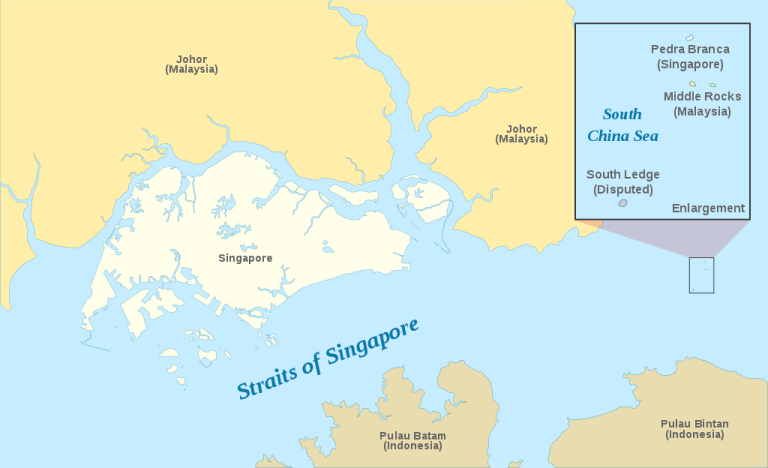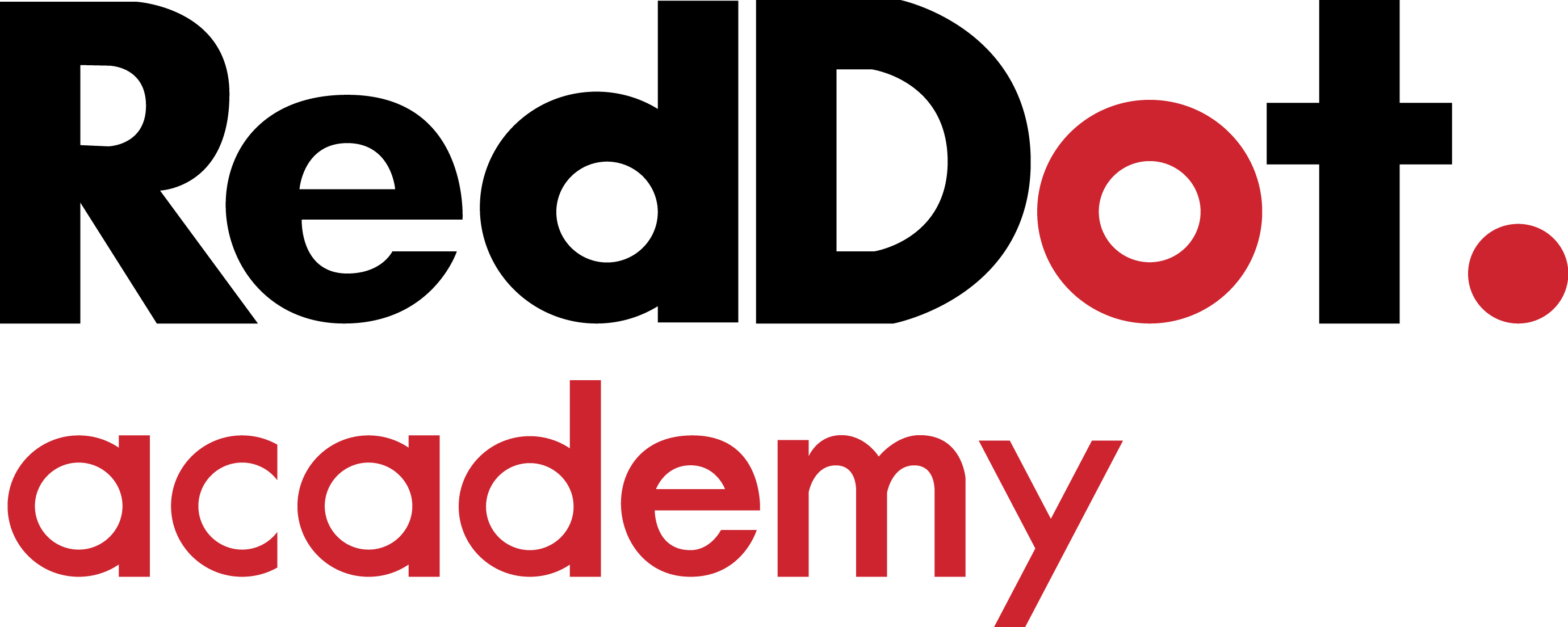THBT cultural treasures should be returned to their countries of origin.
Part 1 of 6
The debates we engage in should not end after the final bell is rung.
-
Facebook
-
Twitter
-
Whatsapp
This is the first installment of a six-part series which looks at how debate topics from the 2018 Singapore Secondary School Debate Championships (SSSDC) 2018 relate to Singapore’s society today.
After the judges have rendered their verdicts, the pens & cards are packed away and the journey home begins, our minds and thoughts should still be filled with the words we spoke and heard during the hour of spirited argumentation. Why?
Because debaters will grow up to be the movers and shakers of tomorrow. You will be our leaders, our lawyers and our social levellers. Yours will be the voice for those who have none and yours is the will that brings change to our society.
We should thus relish every opportunity to consider how the topics that we discuss in the abstract will come to have a concrete impact on the real world that we live in. In this regard, RedDot Academy is pleased to bring you “After the Bell,” a series of reflections on how issues within our debate motions impact our own little Red Dot of Singapore.
Our guest contributor is Samuel Myat San, a debate coach and an advocate of the view that debate extends beyond competition and serves to extend our educational process. He will be reflecting on the motions used during the second round of the Singapore Secondary School Debating Championships in 2018.
On the face of it, this motion appears to be of little relevance to Singapore. We are not known for having great iconic cultural treasures such as the Elgin Marbles. However, the motion does raise a very pertinent question for a small nation such as Singapore: “who is the true owner” of any property?
Issue 1: The rights of one versus the rights of the many.
A common clash during this motion was whether a cultural treasure belonged exclusively to the culture which produced it, or if the treasure was property of the global community.
Those in proposition argued for the former, insisting that one must respect the laws which grant property rights and return treasures to the countries with the best legal claims. Even if the legal owners, such as the old Taliban government of Afghanistan, wanted an item back just to dynamite it, this principle must be respected.
Those in opposition argued that if these are significant cultural treasures, they are treasures for the whole of humanity. They cannot be held exclusively by and for one culture, especially if it did not intend to share them with the rest of humanity. This is why certain land masses, such as Antarctica, are declared as belonging to all mankind and thus may not be claimed by any single nation.
This is a very pertinent issue in a land-scarce Singapore. It is natural for people to believe that once an item has been legally bought and paid for, it was now their property. While people understand that HDB flats and other “leasehold” properties are considered leases which will eventually revert to the government, many assume that, at least, “freehold” properties would be theirs forever. That is not the case.
The Singapore Government can and has acquired land back from owners, even if they were freehold properties. The Government will pay the market value for the property and the sale will have to go through, even if the owners would prefer not to sell.
The purpose for this law is to ensure that land needed for public use cannot be held up by private hands, especially when a larger number of people might benefit from the sale as a result. This principle is also reflected in how home owners, even in a private condominium, will be forced to sell their apartment in an en-bloc sale if a large majority of their neighbours wanted to sell their flats.
However, the recent controversy over the fate of 38 Oxley Road, the residence of the late Mr Lee Kuan Yew, made many Singaporeans question if the property owner’s wishes should be accorded greater priority. Mr Lee had stipulated that his house should be demolished after his daughter was no longer using the premises. Deliberations by the Government to instead converting the home into a heritage site caused controversy as the principles of private ownership clashed with the aims of providing benefits for the majority.
As the population of Singapore grows, the tension between the legal protection of ownership and public benefits will no doubt become a recurring issue. Debaters should give thought to what might be the best ways to manage this conflict in the future.
Issue 2: What are legitimate grounds for ownership?
Another common clash during the debate was over who had a stronger principle claim to be the true and better owners of a cultural treasure.
Proposition teams argued that the countries of origin had the best legal claim, since the cultural treasures originated from them and should be returned to these owners. This was especially the case if the items had been taken from them without permission or sold under duress.
The opposition teams took a different tack, arguing that the current holders of the treasures had just as strong a basis because they had invested time, resources and money into keeping and preserving the cultural treasures. Simply put, without their efforts, the treasure might not even exist as they would have been destroyed by the ravages of age, greed or neglect.
Many Singaporeans have not had to ponder the issue of what “true ownership” entails. For many, the recent ruling in the International Court of Justice over the ownership of Pedra Branca might have provided the first such occasion. There, the court considered Malaysia’s claim that it had always been the rightful owner and never truly surrendered possession of the island to the British and Singapore. However, the court ultimately ruled that Singapore had a stronger case because it had been exercising authority over the island, including the continuous maintenance and operation of the lighthouse.
Trying to find a fair answer to the question who should be considered the best custodians for precious property and land in Singapore will be difficult, if not downright impossible. However, issues like these are the very controversies that our young leaders will have to grapple with in the days to come.
I hope that these reflections have provided an opportunity to debaters to consider how the issues and principles discussed in debate translate to concerns in reality.

Thank you for reading! Want more? Read the rest of this series below!
